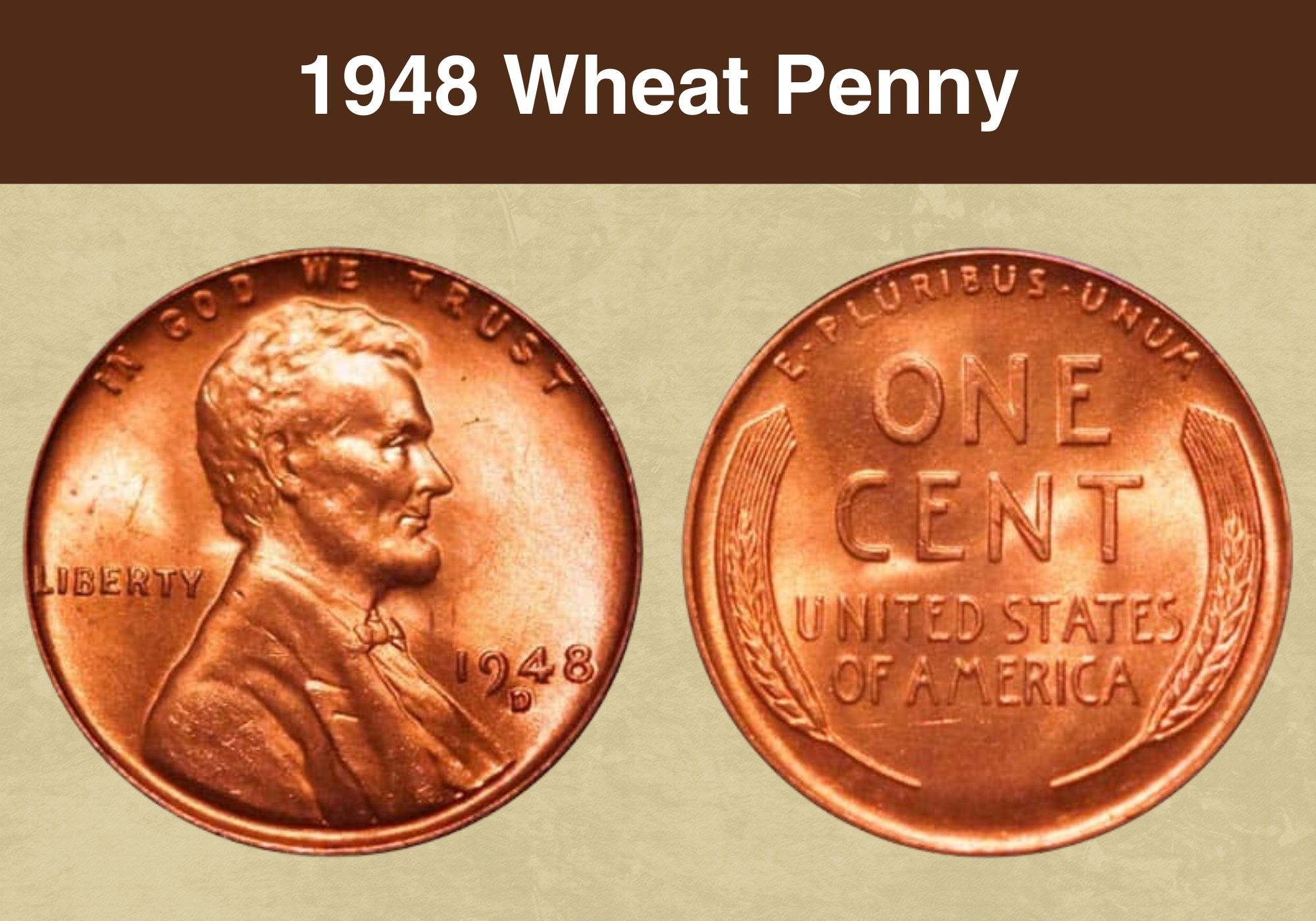
Coin Value Contents Table
- 1948 Wheat Penny Value Chart
- History of the 1948 Wheat Penny
- Features of the 1948 Wheat Penny
- 1948 Wheat Penny Grading
- 1948 Wheat Penny Value Guides
- 1948 No Mint Mark Wheat Penny Value
- 1948-D Wheat Penny Value
- 1948-S Wheat Penny Value
- Rare 1948 Wheat Penny Errors List
- Where to Sell Your 1948 Wheat Penny ?
- 1948 Wheat Penny FAQ
The Wheat Penny or Wheat Cent got its nickname from the design on the back of the coin. And in 1948, the US Military saw several developments i.e. the end of racial segregation, the creation of WAF (Women in the Airforce), and the renaming of Women Marines. Back in the world of numismatics, let’s explore the 1948 Wheat Penny Value and any related factors.
1948 Wheat Penny Value Chart |
||||||
| Coin | MS 60 | MS 62 | MS 64 | MS 65+ | MS 66+ | MS 67+ |
| 1948 No Mint Mark Wheat Penny | $2 | $4 | $18 | $42 | $350 | $5,000 |
| 1948-D Wheat Penny | $3 | $5 | $12 | $32 | $120 | $1,700 |
| 1948-S Wheat Penny | $2 | $4 | $12 | $24 | $44 | $1,050 |
History of the 1948 Wheat Penny
The front or heads side of the penny (technically referred to as the obverse) hasn’t changed since 1909. But the tails side – aka the reverse – has had several design shifts. The earliest version was the Wheat Cent or Wheat Penny conceptualised by Victor David Brenner. His birth name was Avigdor ben Gershon, but he anglicized it when he moved to the US aged 19.
Brenner was a Lithuanian Jew who learned gem sealing and engraving from his father. This involved a little sculpting work. He taught himself English and French, attending various art schools in New York and Paris. Eventually, Augustus Saint-Gaudens took him on as a studio assistant. That’s how Brenner ended up doing a coin commission for the US Mint in 1909.
Saint-Gaudens had been hired at the behest of his friend Theodore Roosevelt, the 26th US President. His task was to redesign US coins and make them pretty. But Saint-Gaudens died of cancer before completing the assignment, and several of his assistants continued the job. Brenner stepped in to work on the 1c coin, which was intended as the first presidential coin.
Designing the Wheat Penny
Brenner was asked to sculpt Abraham Lincoln, the 16th US President. He based his portrait on an earlier plaque he had made for Gorham Manufacturing in 1907. For the back, he took ideas from French coins, which made sense because he had a French mentor and had studied in Paris. His earliest sketches mimicked the tree branch on the silver currency from France.
Other versions copied the Standing Liberty on French coins at the time. But the US Mint Director, Frank A. Leach, asked Brenner to change the tree. He opted for a simplified carving of wheat stalks instead, which is why they’re called Wheat Cents. This reverse design stayed until 1959 when it was replaced with the Lincoln Memorial Building for the sesquicentennial.
The wheat stalks on 1948 Pennies are of the durum variety. And while 1948 Wheat Cents are marked VDB for Victor David Brenner, some of the earlier ones are not. This was because of a clash between him and Chief Mint Engraver Charles Barber. Allegedly, Brenner’s initials were too large and it was faster to remove them than shrink them. They came back in 1918.
Also read: 12 Most Valuable Lincoln Penny Worth Money
Features of the 1948 Wheat Penny
We’ve explained what the obverse and reverse are, but the thinnest side of a coin is called its edge, its raised border is a collar or rim, the words on it are mottos or legends, and its images are called devices. The coin backdrop is called the field and coin blanks are called planchets.
The Obverse of the 1948 Wheat Penny
It shows Abraham Lincoln, the 16th President of the United States. The motto In God We Trust sits above his head, with the legend Liberty behind his back. The mint date and mint mark are in front of him. His shoulder cut-off has VDB for designer Victor David Brenner.
The Reverse of the 1948 Wheat Penny
It has two stalks of durum wheat framing the wording on the coin. Between the two wheat ears at the top, it says E Pluribus Unum. There’s a dot on either side of Pluribus. That’s followed by the coin’s denomination, One Cent, and finally, it says United States of America.
Other Features of the 1948 Wheat Penny
The coin is 95% Copper with the remaining 5% in Zinc, Tin, or a mixture of both. It measures 19.05mm in diameter (that’s 0.75”) and weighs 3.11g. The coin has a smooth or plain edge, which means it has no reeds. Its copper color is graded as red, reddish-brown, or brown.
Also read: 13 Most Valuable Wheat Penny Worth Money
1948 Wheat Penny Grading
As we mentioned before, the highest quality penny is graded red (RD), followed by reddish-brown (RB), with brown at the bottom (BN or BRN). This is in addition to their Sheldon Scale grades, which are numbered from 1 to 70. Coins also have adjectival grades ranging from Poor to Uncirculated Mint State. The denomination wears out fastest on Wheat Cents.
| # | Grade |
|---|---|
| 1 | Basal State-1 |
| 2 | Fair |
| 3 | Very Fair |
| 4, 5, 6 | Good |
| 7, 8, 10 | Very Good |
| 12, 15 | Fine |
| 20, 30 | Very Fine |
| 40 | Extremely Fine |
| 50 | About Uncirculated |
| 60 | Mint State |
| 65 | Mint State |
| 70 | Mint State |
Please check our grading guides to know your coin scale, It’s the necessary step to know the exact value of your coin.
Check out now: How to Grade Lincoln Wheat Penny?
1948 Wheat Penny Value Guides
Several factors affect the value of 1948 Wheat Pennies. These include their minting location, rarity, and errors. So let’s start with mint marks. In 1948, Wheat Pennies were coined in San Francisco, Philadelphia, and Denver. No proof coins were struck from 1943 to 1949 so these were all business strikes aka regular strikes intended to circulate for everyday transactions.
1948 No Mint Mark Wheat Penny Value
The Philadelphia Mint made 317,570,000 Pennies in 1948. They had no mint marks. And since this coin is over 70 years old, it counts as a classic or vintage piece. This means it’s valuable even in low color grades. This could be why an NG 0 sold for $2,350 on 5th August 2014. The coin was brown, and the NG is for Not Graded. (The lowest number grade is PO 1.)
That was a while ago though. As time passes and more coins are submitted, the increased volumes tend to push prices down. An MS 67 RB sold for $1,399 in a June 2021 eBay sale. But in 2012, an MS 67 RD sold for $10,350. Since then, nearly 50 coins have shown up in MS 67 RD so they’re down to $2,350 in 2023. But the six MS 67+ RD Pennies are worth $5,000.
1948-D Wheat Penny Value
The Denver Mint made 172,637,500 Wheat Pennies without mint marks in 1948. Earlier this year, an MS 65 BN sold for $601. That was on 13th February 2023. Two steps and one color grade up, an MS 67 RB sold for $204 on 21st June 2020. But red pennies generally do better than their brown coins that tarnish in circulation. An MS 67+ RD sold for $3,000 in 2022.
It’s currently the highest submitted grade for Denver Wheat Cents. But since so many have been sent for submission, the prices have dropped in the past year. PCGS has graded 13 coins as MS 67+ RD so their September 2023 value is down to $1,700. With 99 coins in MS 67 RD so far, their estimate is $750. And since over 1,600 coins are MS 66, they’re just $40.
1948-S Wheat Penny Value
In 1948, the San Francisco Mint made 81,735,000 Wheat Pennies with the S Mint Mark. Note that they’re not proof coins. Brown San Francisco Wheat Cents aren’t worth much. On 23rd May 2020, an eBay vendor sold an MS 66 BN for $60. That’s still not bad for a 1c coin. And in February this year, a reddish-brown penny did a little better at $179 for MS 66 RB.
That was an eBay sale as well – 15th February 2023. Let’s look at some red samples though. On 5th August 2014, an MS 67+ RD sold for $1,998. Over 50 have been submitted to PCGS so their September 2023 price estimate is $1,050. Half a step down, PCGS has received more than 300 coins graded MS 67, so their September 2023 price nosedives to a measly $150.
Also read: 17 Most Valuable Indian Head Penny Worth Money
Rare 1948 Wheat Penny Errors List
The US Mint makes hundreds of coins per minute, so even with stringent quality control, some mint mistakes slip through. These include double strikes, re-punched mint marks, and overdates. Each mint error can raise the value of your coin, so it helps to get familiar with the most common ones. Let’s look at some 1948 Wheat Penny Errors and analyze their pricing.
1948 (P) Wheat Penny DDO Error
DDO means doubled-die error aka hub doubling. It’s when a die moves between hub strikes, forcing the second impression to land somewhere else. This error is then copied on all coins made by that die. On Wheat Pennies, the error often happens on Lincoln’s ear or eye, causing a doubled-eye, pun intended. But it isn’t an expensive error – barely $12 to $25 in MS 65 RD.
1948-D Wheat Penny Broadstruck Error
The rim of a coin makes it stackable and keeps its face value consistent by making sure every coin has the same weight and thickness. On newer coins, an upsetting machine forms the rim but older collars were molded. A broadstrike error is when a rim gets widened or flattened. Graded MS 64 RB, this broadstruck Denver Wheat Penny was auctioned for around $85.
1948-D Wheat Penny Struck 20% Off-Center
The equipment at the mint is carefully calibrated to facilitate accuracy. This includes feeder fingers that slide planchets into position directly between the dies. But sometimes, the blank shifts, and only part of it takes the design. That’s called a misalignment or off-center error. Here, the lower obverse and upper reverse stayed unmarked. In MS 63 RB, it sold for $110.
1948-S/S Wheat Penny RPM Error
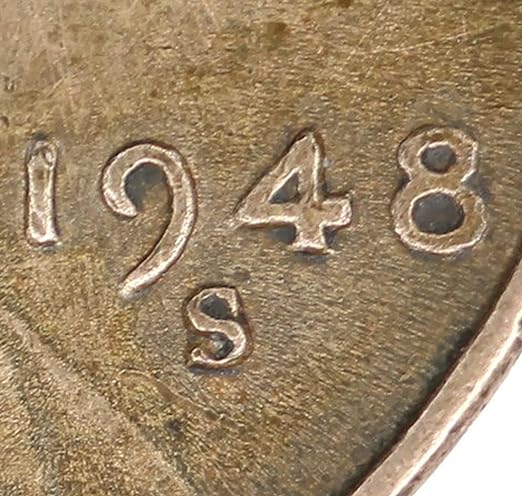
RPM means re-punched mint mark. Back in the old days, these mint marks were placed by hand and they were the last detail added to the master die. They were often punched two or three times for clarity. This meant a mint mark error would be reproduced on every coin that die made, and you’d see traces of the earlier mint mark underneath. MS 66 RD is worth $70.
1948 (P) Wheat Penny Double Denomination Error
A double denomination is when two coins are pressed onto the same planchet. A completed coin accidentally comes back into the mint and gets struck again but with a different face value. Here, a Franklin Half Dollar was printed over a Wheat Cent. The two designs are at right angles and the much larger 50c is truncated. Graded MS 64 BN, it sold for $14,100.
1948 (P) Wheat Penny Straight Clip Error
Blanks come to the mint in sheet form. The coiled sheet is flattened in a blanking machine and punched into planchets of the right size, leaving a remnant full of holes for recycling. But if coins are accidentally struck on this leftover metal, they may have curved clips next to the holes or straight clips near the end of the sheet. This MS 64 BN straight clip was worth $45.
1948 (P) Wheat Penny Lamination Error
A lamination error is when the upper layer of the coin comes off. It could be a tiny crack or gash that got scraped. Or it could be the entire obverse or reverse, creating a two-toned coin. On one example, the left part of the penny is truncated, slicing off a third of the coin obverse. Another coin gives Lincoln a nose job. Lamination errors are often caused by faulty blanks.
Also read: 11 Most Valuable Wheat Penny Errors
Where to Sell Your 1948 Wheat Penny ?
Now that you know the value of your coins, do you know where to sell those coins online easily? Don’t worry, I’ve compiled a list of these sites, including their introduction, pros, and cons.
Check out now: Best Places To Sell Coins Online (Pros & Cons)
1948 Wheat Penny FAQ
How Much is a 1948 Wheat Penny Worth Now?
The highest known grade for 1948 Wheat Pennies in MS 67 RD+. That’s from all three mint branches. But their availability affects their pricing. In September 2023, a 1948 (P) Wheat Cent graded MS 67+RD is worth $5,000. It’s the rarest one, with only 6 known. Meanwhile, PCGS graded 13 Denver coins in MS 67+ RD so these 1948-D Wheat Pennies cost $1,700. And a 1948-S Wheat Cent in MS 67+ RD is $1,050 with nearly 60 pieces graded by PCGS.

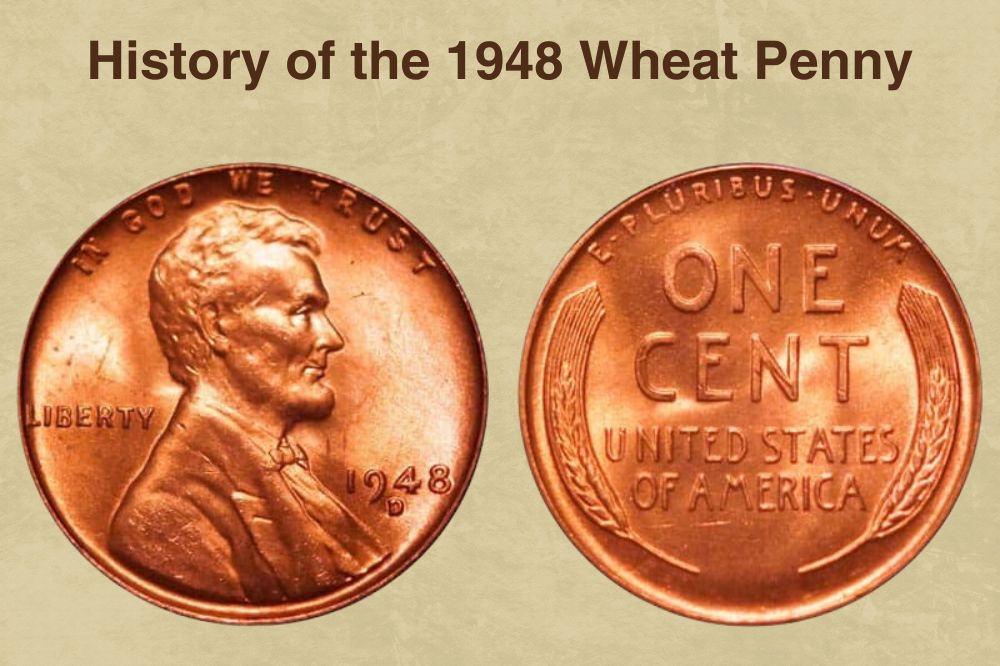
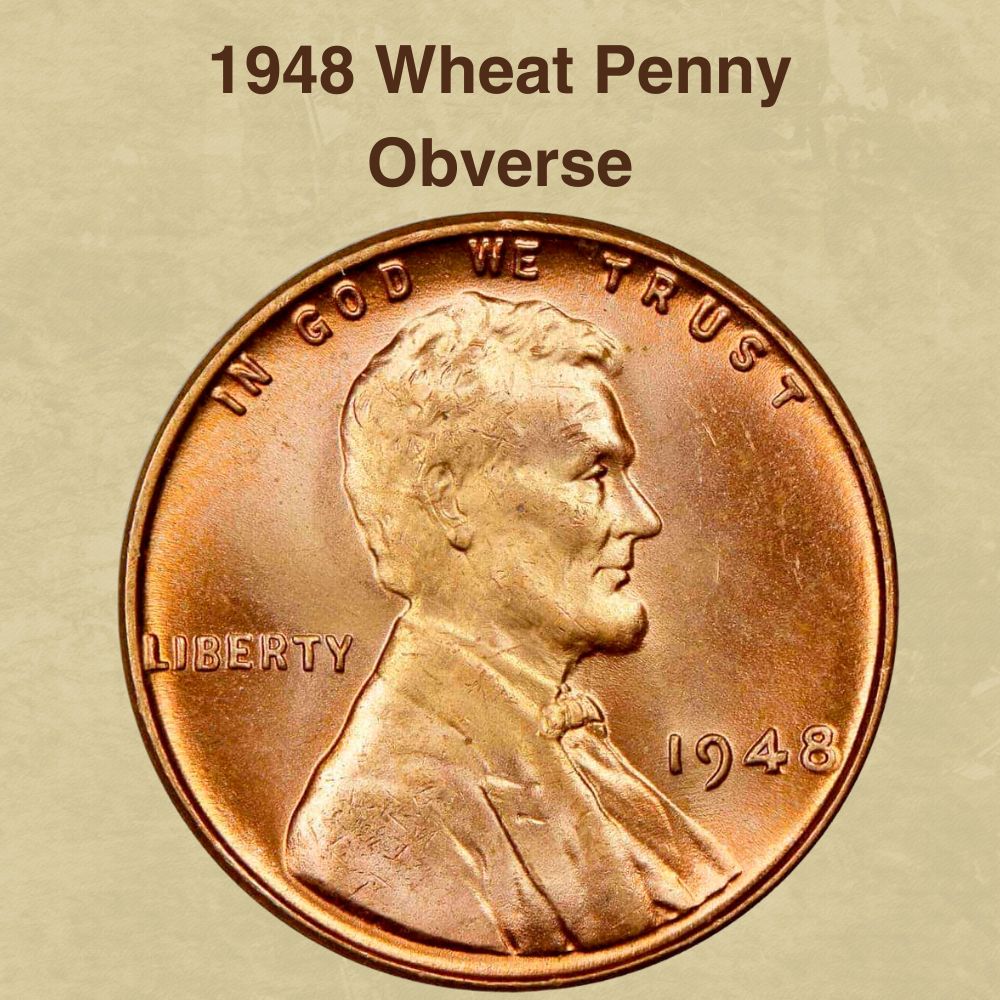
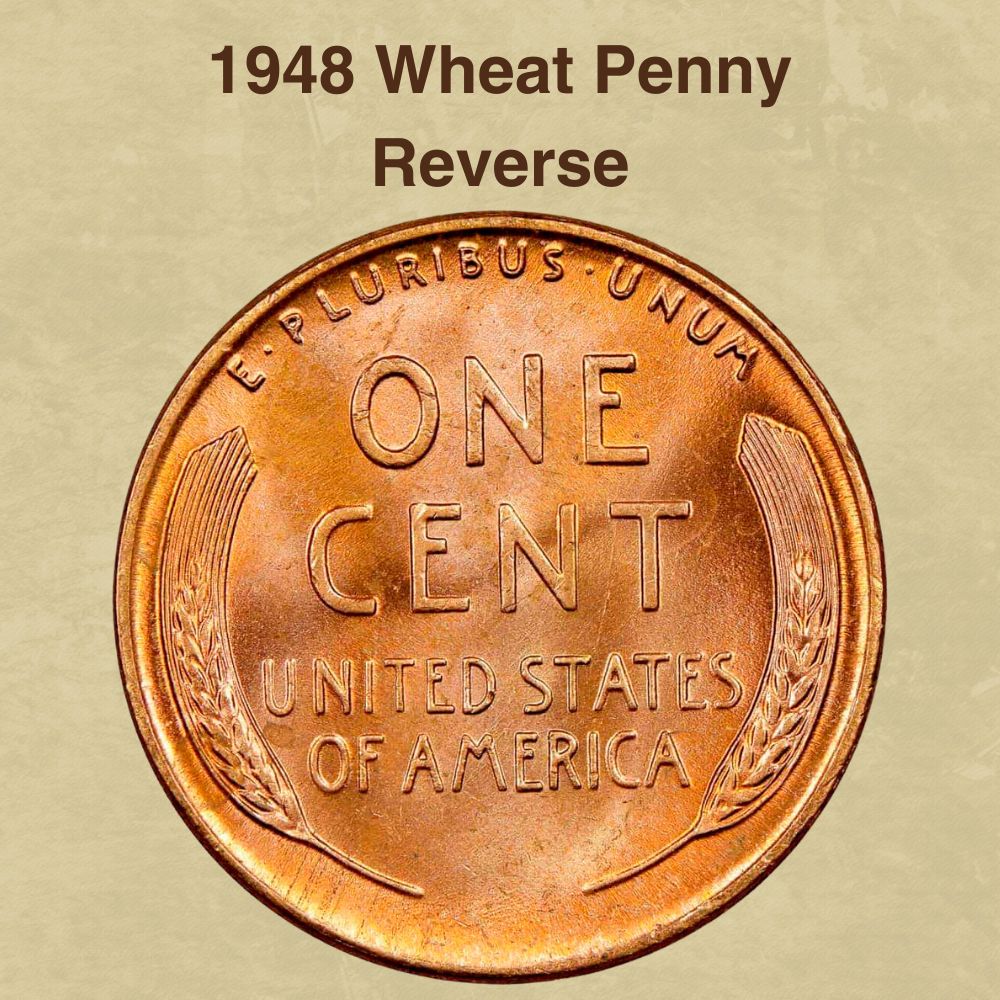
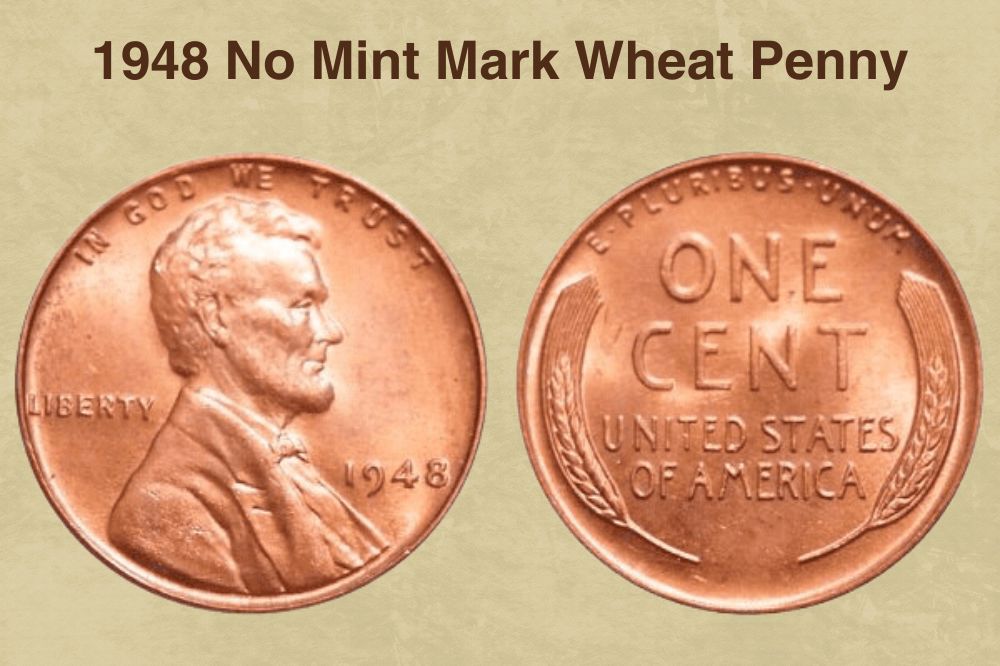
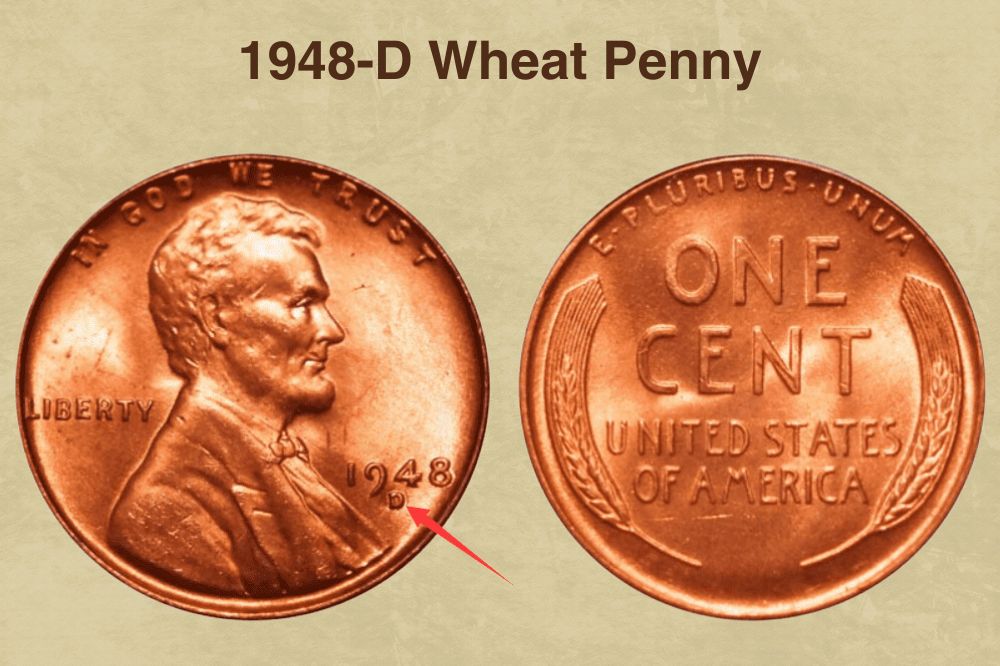
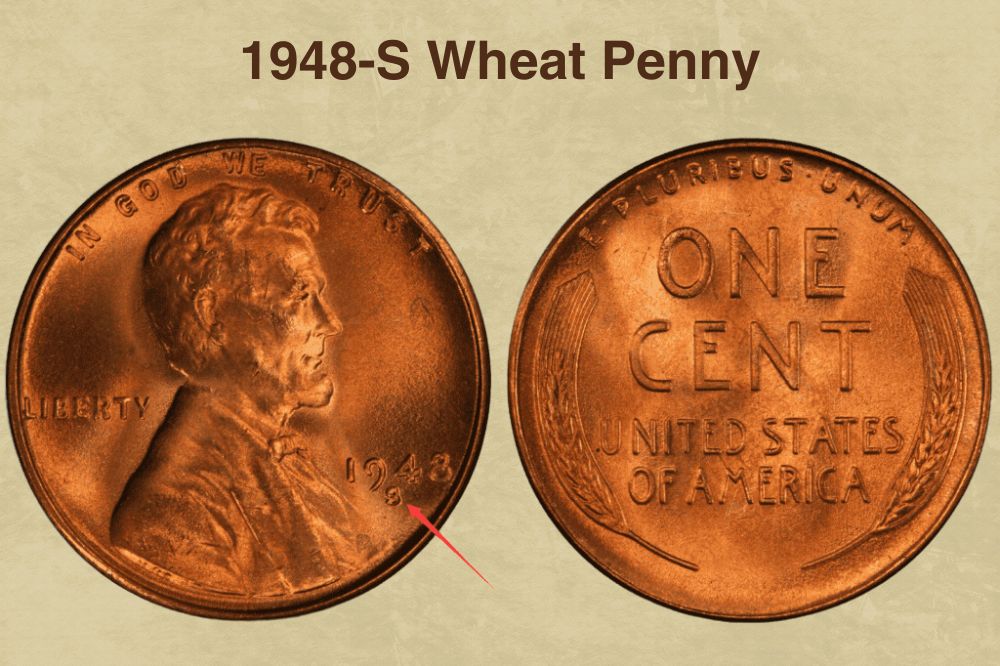
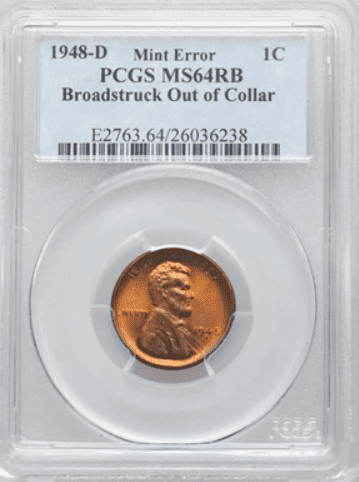
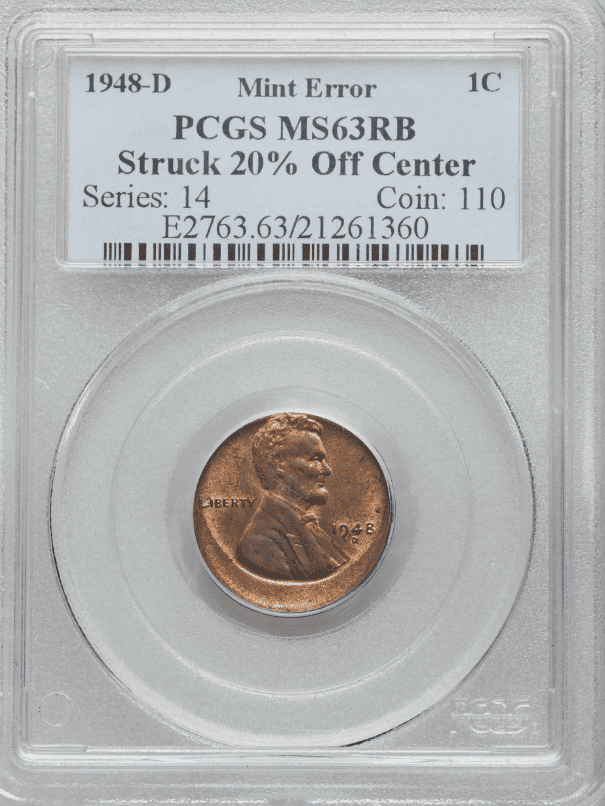
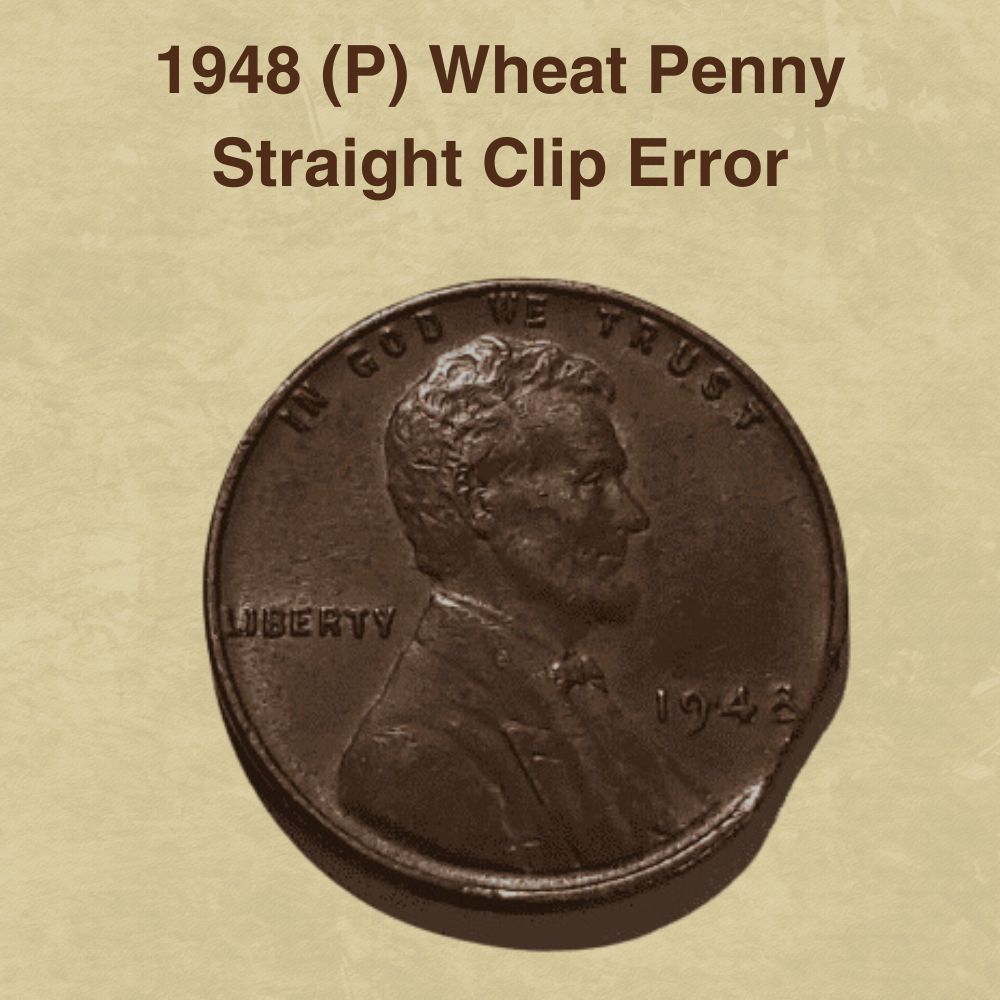
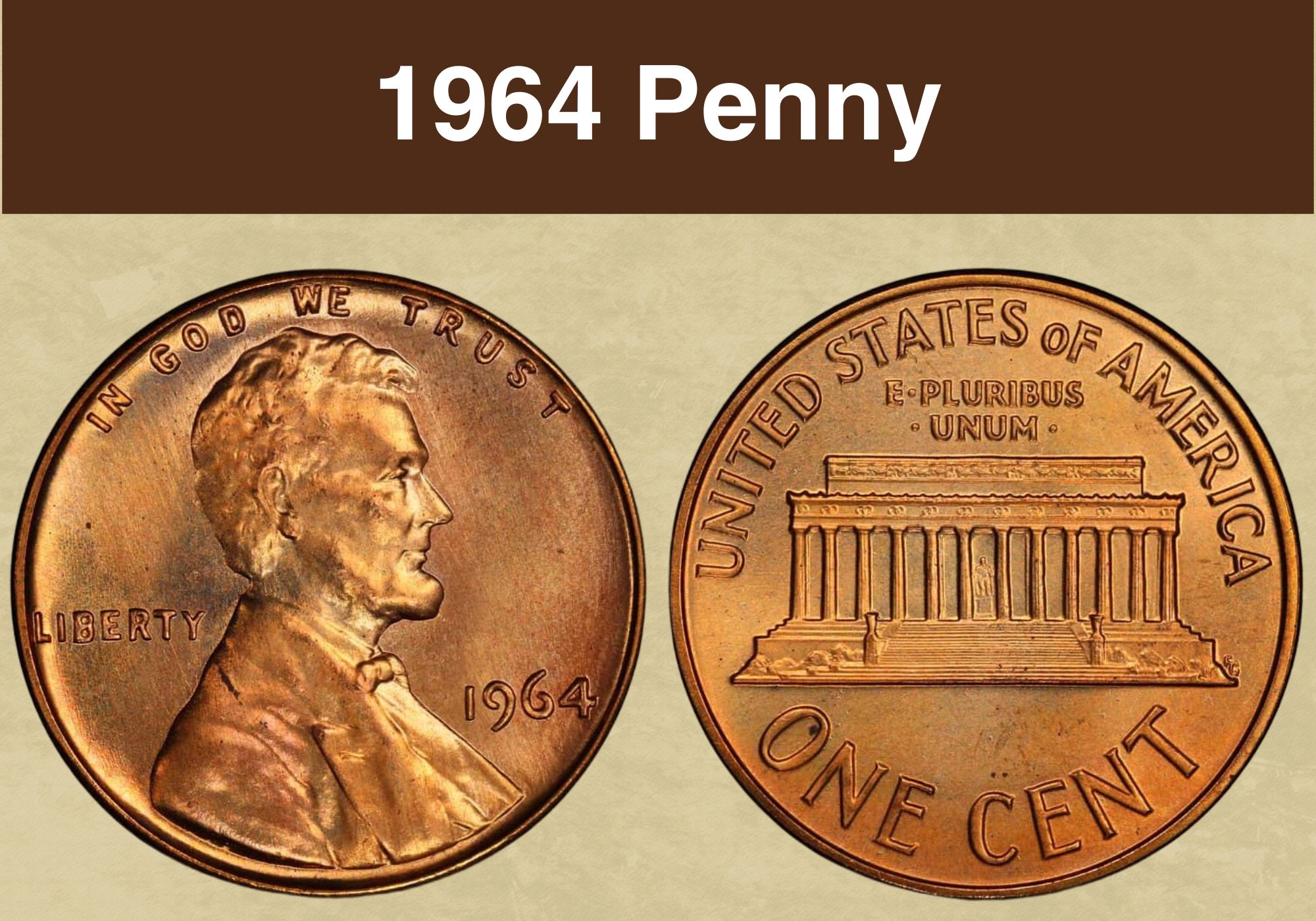
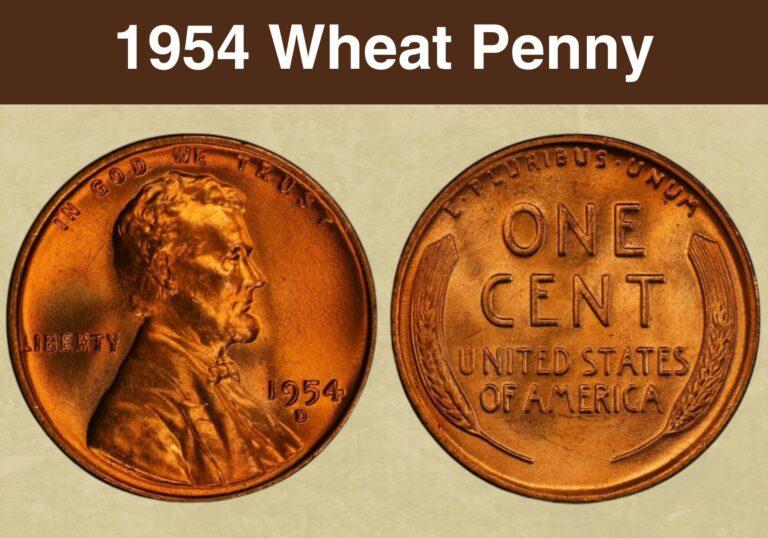
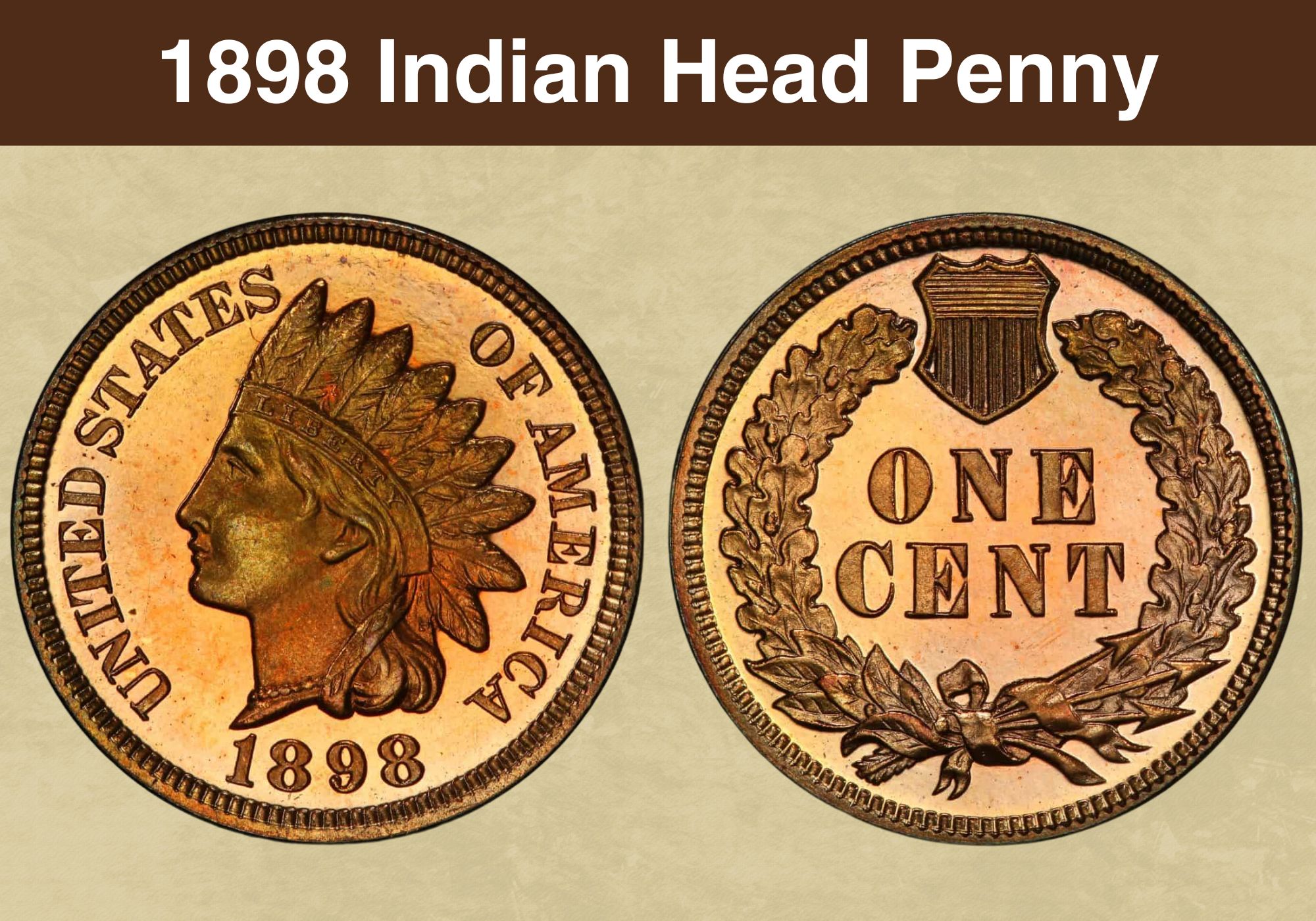
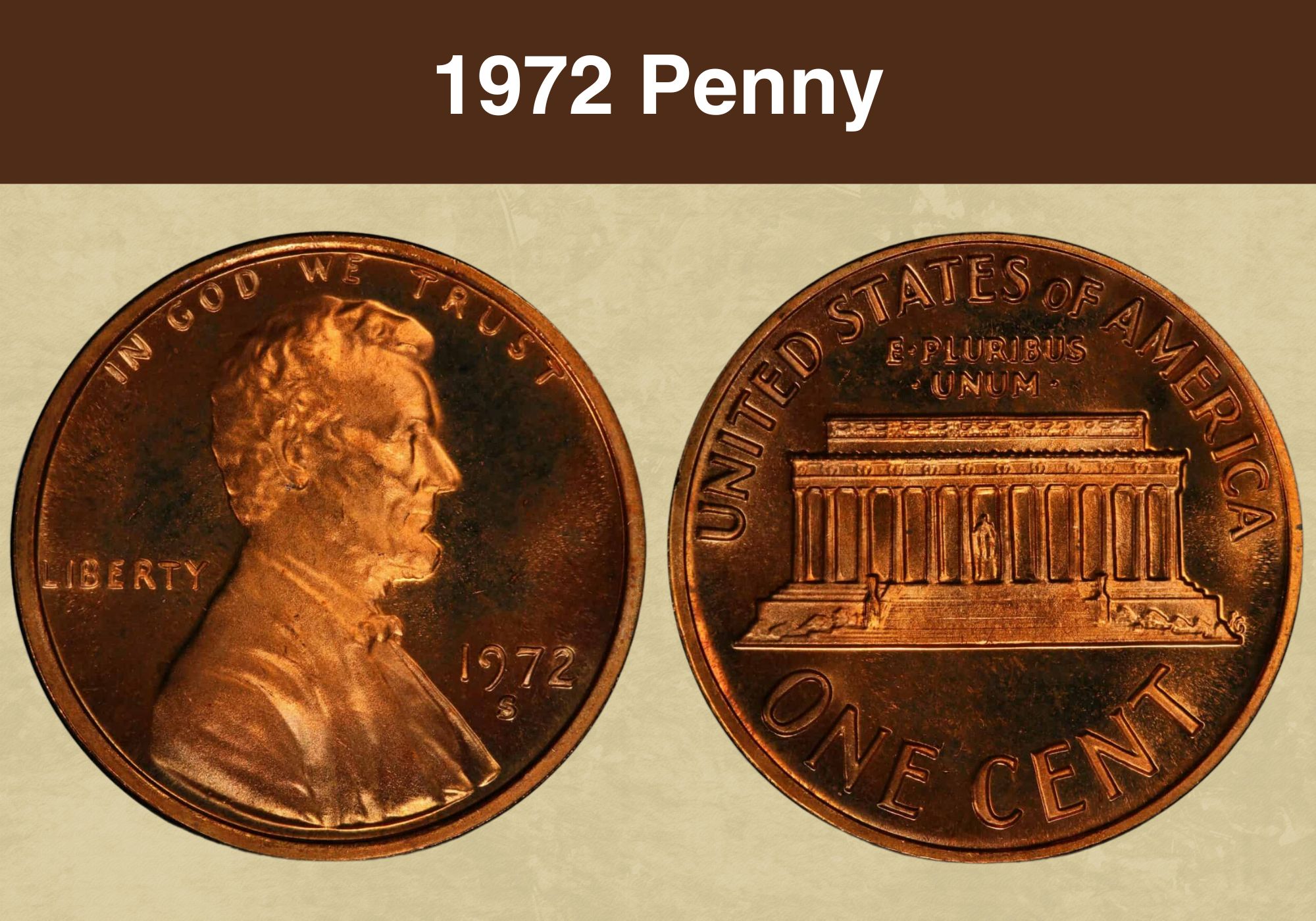
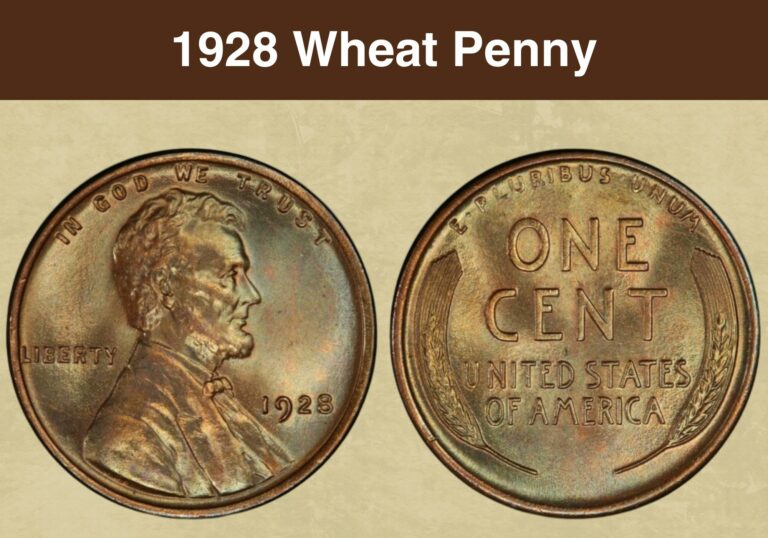
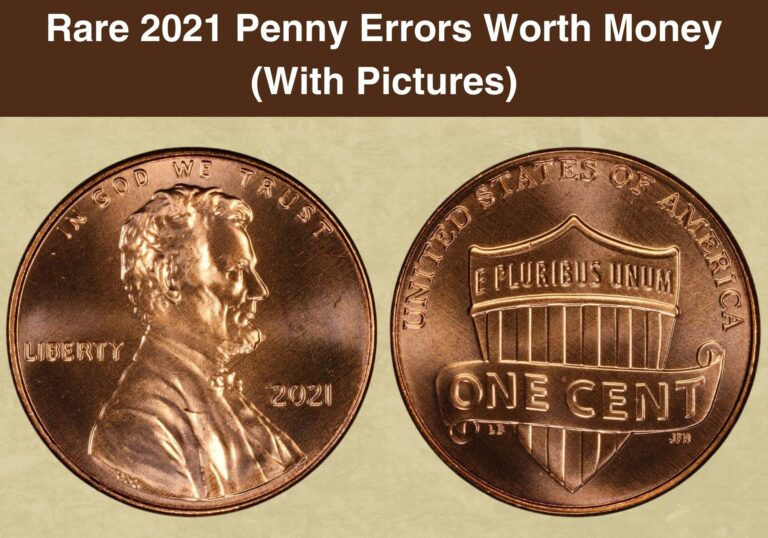
Can the date get damaged at the mint causing part of a number to be missing. No scrapes or scratches near the 8 in 1948 lincoln penny. But the lower part of the 8 is missing ,,almost making it look like a backwards deformed 9
Does anyone know where the current stats of coins on the market can be found?